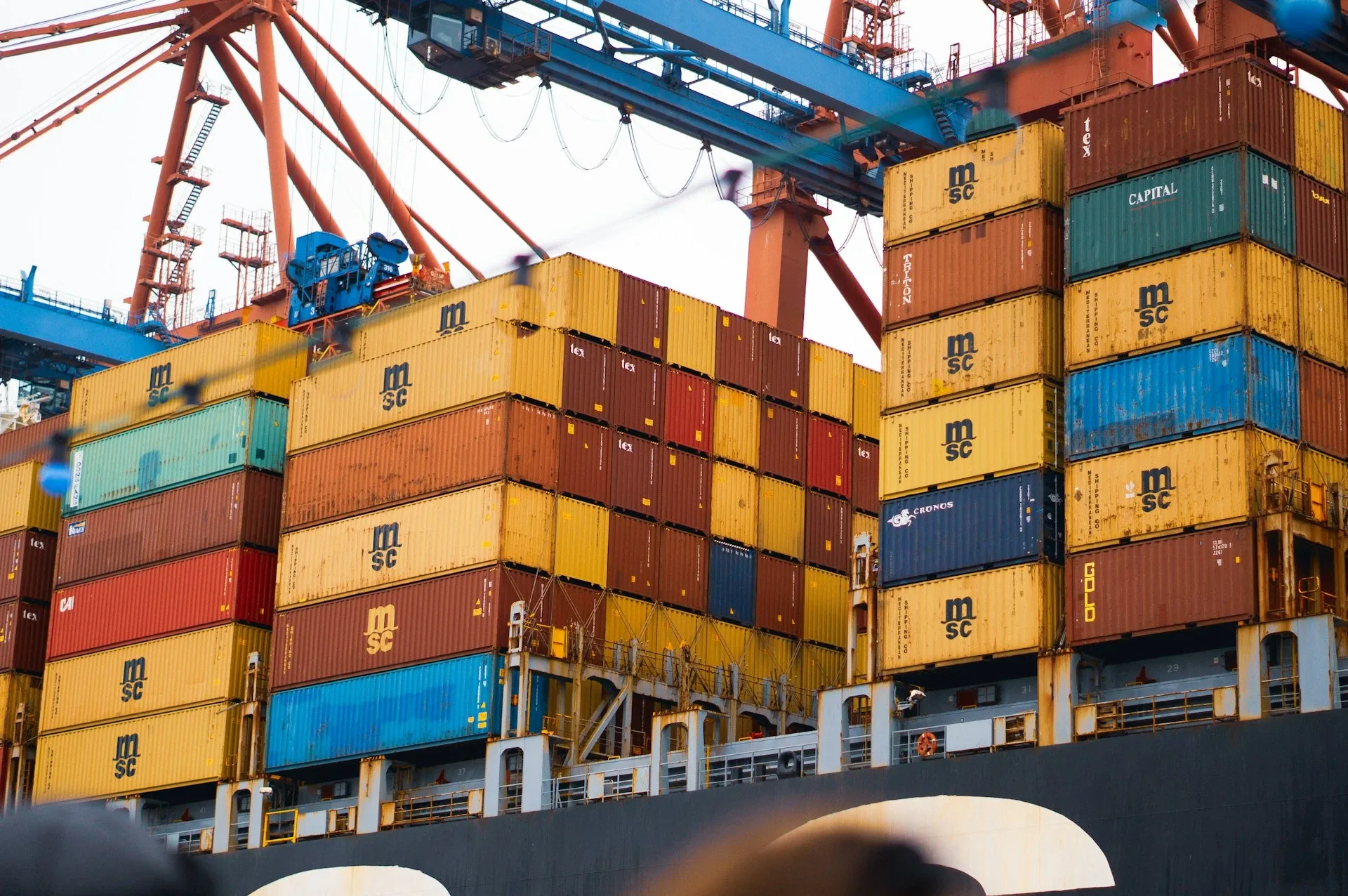5 Key Strategies for Effective US Importing

Railroads form one of the key solutions to complex challenges of cross-border and domestic freight logistics, therefore being a reliable and effective meaThe United States, as a major global trade participant, imports goods worth trillions of dollars annually. However, dealing with the complexities of importing can be quite a hassle for businesses due to regulatory hurdles, logistical challenges, and potential risks. Here are five strategies designed to help streamline importing processes, ensuring compliance, efficiency, and cost-effectiveness.
Understand US Import Regulations
The U.S. Customs and Border Protection (CBP), along with other regulatory bodies, enforces a complex array of rules governing goods’ importation into the United States. Proper compliance is crucial to avoid significant penalties, delays, and possible seizure of goods.
Accurate documentation is key, covering everything from invoices and bills of lading to product-specific certificates. Familiarity with product classifications and applicable duty rates is essential. Products are categorized under the Harmonized Tariff Schedule (HTS), which dictates the duty rate. A knowledgeable customs broker can assist with these complexities to ensure compliance.
Partner with Trusted Suppliers
The reliability and quality of suppliers can make or break importing operations. Researching and vetting suppliers is vital to ensure they meet quality standards and adhere to U.S. regulations. Strong relationships with suppliers lead to more reliable delivery schedules and better pricing. Conduct due diligence through reference checks, facility visits, and reviews of their compliance history with export regulations.
Establish long-term partnerships with suppliers who offer consistent and high-level reliability. Regular communication and clear expectations help prevent misunderstandings and foster a productive relationship.

Streamline Supply Chain Management
Effective supply chain management can significantly reduce costs and increase efficiency. This involves thoughtful logistics planning, selecting suitable shipping methods, and utilizing technology to track shipments and manage inventory.
Evaluate shipping options in terms of cost, speed, and reliability. For time-sensitive goods, air freight may be ideal; for bulk goods, ocean freight could be more cost-effective. Implement supply chain management software that provides real-time visibility into shipments and inventory levels, helping to make informed decisions, reduce delays, and optimize operations.
Leverage Trade Agreements and Programs
The United States has multiple free trade agreements (FTAs) with other countries, offering reduced tariffs and customs duties on eligible products. Participation in trade programs can expedite customs clearance and enhance supply chain security.
Identify if your products qualify for reduced tariffs under any FTAs. Proper documentation and adherence to rules of origin are necessary to benefit from these agreements. Programs like the Customs-Trade Partnership Against Terrorism (C-TPAT) provide preferred customs processing and fewer inspections for compliant companies, speeding up the import process and enhancing your company’s security reputation.
Plan for Risk Management and Contingencies
Importing involves various risks, such as delays, damage, and compliance issues. Identifying potential risks and developing a contingency plan can help mitigate these challenges and ensure a smooth import process.
Common risks include weather-related delays, port strikes, and compliance issues. Understanding these risks allows proactive mitigation. Having alternatives, like different suppliers or logistics partners, can keep your business operational even when unexpected problems arise.
Conclusion
Navigating the complexities of US importing requires a strategic approach. By understanding import regulations, partnering with reliable suppliers, optimizing supply chain management, leveraging trade agreements, and planning for risks, businesses can enhance their import operations. Implementing these strategies not only ensures compliance and efficiency but also positions your business for success in the competitive global marketplace.
